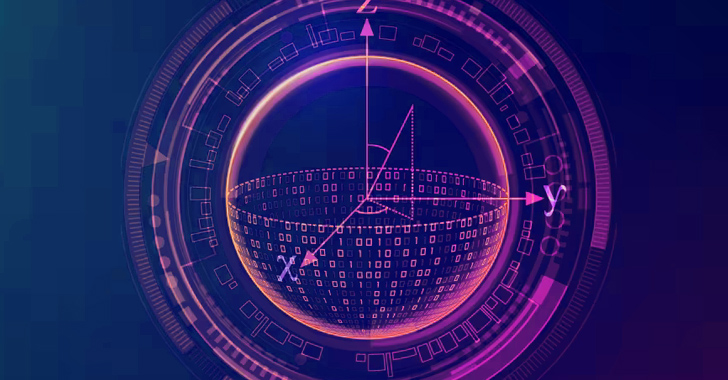Encrypted messaging app Sign has introduced an replace to the Sign Protocol so as to add help for quantum resistance by upgrading the Prolonged Triple Diffie-Hellman (X3DH) specification to Publish-Quantum Prolonged Diffie-Hellman (PQXDH).
“With this upgrade, we are adding a layer of protection against the threat of a quantum computer being built in the future that is powerful enough to break current encryption standards,” Sign’s Ehren Kret said.
The event comes weeks after Google added help for quantum-resistant encryption algorithms in its Chrome net browser and introduced a quantum-resilient FIDO2 security key implementation as a part of its OpenSK safety keys initiative final month.

The Signal Protocol is a set of cryptographic specs that gives end-to-end encryption (E2EE) for personal textual content and voice communications. It is utilized in varied messaging apps like WhatsApp and Google’s encrypted RCS messages for Android.
Whereas quantum computer systems are unlikely to go mainstream anytime quickly, present cryptosystems are susceptible to a menace referred to as Harvest Now, Decrypt Later (HNDL), during which the information that is encrypted immediately might be decrypted sooner or later utilizing a quantum pc.
Put in a different way, a menace actor may steal scrambled delicate information from targets of curiosity and stash it, thereby permitting the malicious get together to harness the ability of a quantum pc when it turns into out there to compute a personal key from a public key and break open the encrypted content material.
To counter such threats, the U.S. Division of Commerce’s Nationwide Institute of Requirements and Expertise (NIST) selected CRYSTALS-Kyber because the post-quantum cryptographic algorithm for normal encryption.
However as an alternative of utterly porting over to CRYSTALS-Kyber, Sign’s PQXDH takes a hybrid approach like that of Google, combining the elliptic curve key settlement protocol X25519 with Kyber-1024which goals for safety roughly equal to AES-256.
Level-Up SaaS Security: A Comprehensive Guide to ITDR and SSPM
Keep forward with actionable insights on how ITDR identifies and mitigates threats. Study in regards to the indispensable position of SSPM in guaranteeing your identification stays unbreachable.
“The essence of our protocol upgrade from X3DH to PQXDH is to compute a shared secret, data known only to the parties involved in a private communication session, using both the elliptic curve key agreement protocol X25519 and the post-quantum key encapsulation mechanism CRYSTALS-Kyber,” Kret defined.
“We then combine these two shared secrets together so that any attacker must break both X25519 and CRYSTALS-Kyber to compute the same shared secret.”
The non-profit stated that the brand new protocol is already supported by the newest variations of the shopper functions, and that it plans to disable X3DH for brand spanking new chats and require PQXDH for all new chats “after sufficient time has passed for everyone using Signal to update.”
“PQXDH establishes a shared secret key between two parties who mutually authenticate each other based on public keys,” Sign said. “PQXDH provides post-quantum forward secrecy and a form of cryptographic deniability but still relies on the hardness of the discrete log problem for mutual authentication in this revision of the protocol.”
Creator: information@thehackernews.com (The Hacker Information)
Date: 2023-09-20 10:29:00



